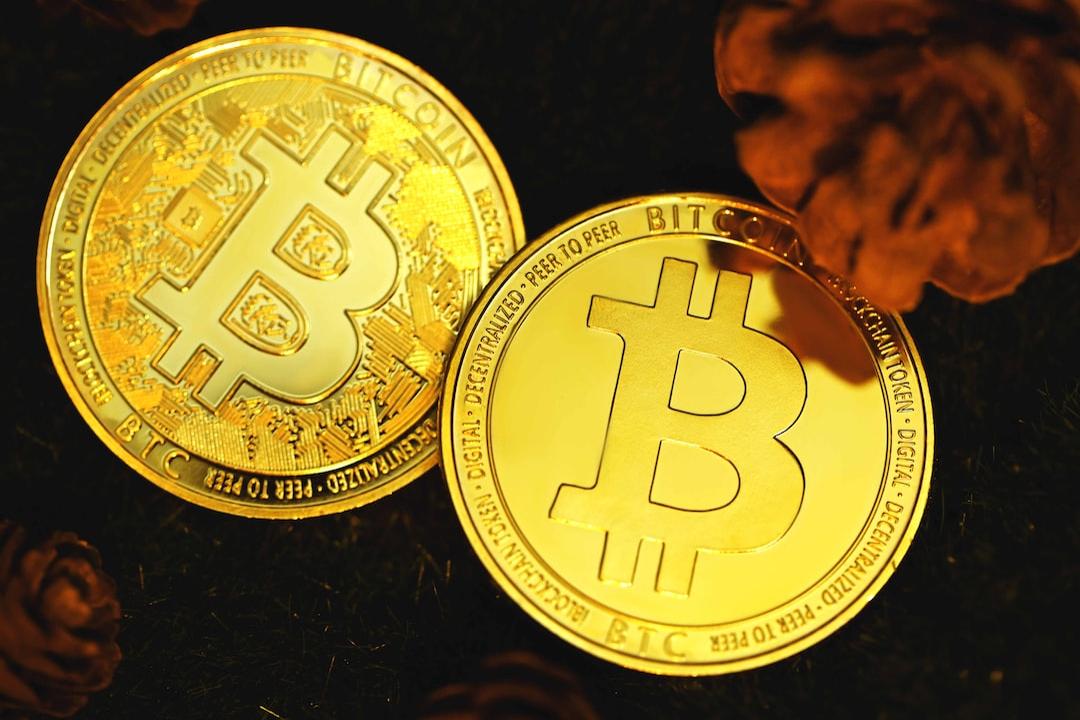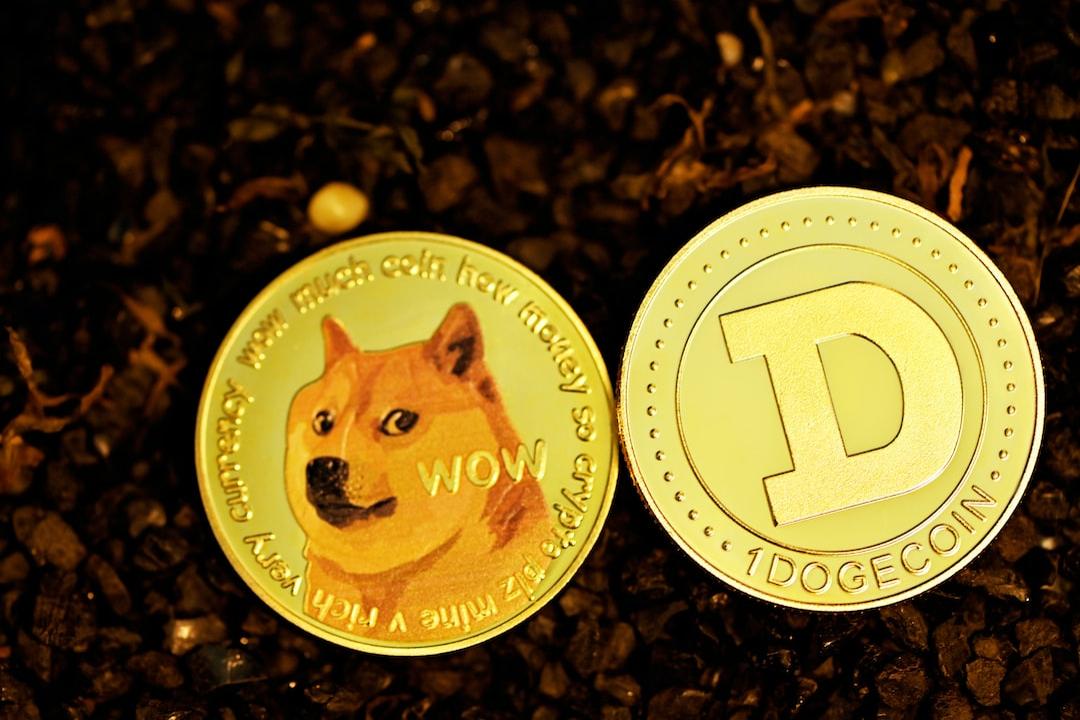With the continuous rise in prices and the influx of institutional capital, Bitcoin’s status as a means of value storage has become nearly unshakeable. However, Bitcoin is currently not limited to being merely “digital gold.” Through Bitcoin Decentralized Finance (BTCFi), Bitcoin is gradually transforming into a broader financial application domain.
(Background: Forbes 2025 bold prediction: G7 or BRICS countries may establish Bitcoin reserves, significant growth of BTCFi, stablecoin market capitalization may double)
(Background Supplement: HTX in-depth research report: Growth and future outlook of the BTCFi ecosystem)
Bitcoin is experiencing limitless glory in this bull market. On one hand, the U.S. Securities and Exchange Commission (SEC) approved multiple Bitcoin spot ETFs at the beginning of last year, encouraging mainstream capital to recognize Bitcoin’s position as a means of value storage. On the other hand, in 2024, Bitcoin Decentralized Finance (BTCFi) is also rising at an astonishing speed—according to DefiLlama data, the total locked value (TVL) of DeFi protocols on the Bitcoin network surged from 307 million USD at the beginning of 2024 to 6.5 billion USD by the end of the year, with an annual growth rate reaching as high as 2000%. This explosive growth not only showcases Bitcoin’s new potential beyond being a means of value storage but also indicates its transformation from “digital gold” to a broader financial application domain.
So, as of today, what stage is the development process of BTCFi at?
Institutions Accelerate Layout, Retail Investors Join In
In December 2024, driven by the dual momentum of optimism in the market following the approval of Bitcoin ETFs and Trump’s election victory, the price of Bitcoin broke historical highs, reaching 108,268 USD, with a stable annual closing price of 93,429 USD, undoubtedly becoming a catalyst for the development of BTCFi. Currently, more institutional investors are actively participating in BTCFi, including top global trading platforms such as Binance and OKX, which are also accelerating the integration of BTCFi services to enhance market liquidity and accessibility.
Additionally, the mindset of retail investors is also shifting—from merely holding Bitcoin to seeking active income financial tools. Shalini Wood, Marketing Director of Babylon, commented:
“BTCFi allows Bitcoin to evolve from ‘digital gold’ into an active value-creating medium. This transition demonstrates the expansion of Bitcoin’s application scenarios and the upgrading of market demand.”
Technological Innovation Drives BTCFi Ecosystem Expansion
At the same time, the rapid development of BTCFi cannot be separated from the support of technological innovation. The emergence of native Bitcoin assets, wrapped Bitcoin (wBTC), and various staking solutions has brought more financial possibilities to the Bitcoin network. Projects in the market, including exSat, GOAT Network, Babylon, and 1inch, are striving to break the monopoly of Ethereum and Solana in the DeFi space, introducing rich financial functionalities into the Bitcoin ecosystem. Currently, over 70 Bitcoin Layer 2 projects are operational, offering decentralized staking and lending services, indicating the future diversification and scalability of BTCFi financial products.
Tristan Dickinson, CEO of exSat, emphasized:
“The core of BTCFi lies in ensuring the native security of Bitcoin while providing interoperability and supporting complex smart contracts.”
Regulatory Challenges: A Double-Edged Sword for Development
It is worth mentioning that government regulation has also become a key influencing factor in the development of BTCFi. Although Trump’s friendly attitude towards Bitcoin and other cryptocurrencies is evident, the U.S. still needs to establish a comprehensive regulatory framework. In this regard, Sergej Kunz, co-founder of 1inch, stated:
“Regulation can both promote innovation and restrict the growth of BTCFi; a clear policy framework is crucial.” The industry is closely watching whether the U.S. will view BTCFi as an opportunity for financial transformation, which will directly impact its ability to enter the mainstream market.
Inclusive Finance: The Low Barrier Attraction of BTCFi
Lastly, it is important to note that a significant highlight of BTCFi currently is its inclusiveness. Through solutions such as the Lightning Network and Rootstock, investors can participate in staking and lending services with just 100 USD, enjoying annualized returns. This lowers the participation threshold and attracts users from developing countries and underbanked areas.
Kevin Liu, co-founder of GOAT Network, pointed out:
“Whether holding 1 million USD or 100 USD, BTCFi offers a fair return ratio, which reflects the open spirit of Bitcoin. This model is expected to promote the global proliferation of BTCFi.”
Conclusion
Despite its astonishing growth rate, BTCFi is still in its early stages. Currently, most platforms only offer basic financial services, and there is still a distance to a mature ecosystem. The future of BTCFi will also depend on the practicality and security of innovative products, as well as alignment with regulatory requirements.
However, as technological advancements and market demands drive forward, Bitcoin is gradually becoming an important force in digital finance. Looking towards 2025, whether BTCFi can leverage its unique advantages to reshape the global financial landscape is something we should continue to monitor.

Related Reports
TON Global Hacker House 2025 Hong Kong Station successfully concluded: Showcasing AI, BTCFi, and Telegram Stars innovation future
Bitcoin L2》Bitlayer launches cross-chain bridge BitVM Bridge, utilizing “minimized trust technology” to unleash BTCFi trillion-dollar liquidity
TON Global BTCFi Hackathon kicks off, million-dollar prize pool, Shenzhen station starts first!

